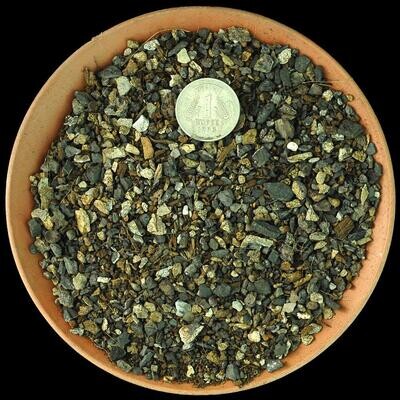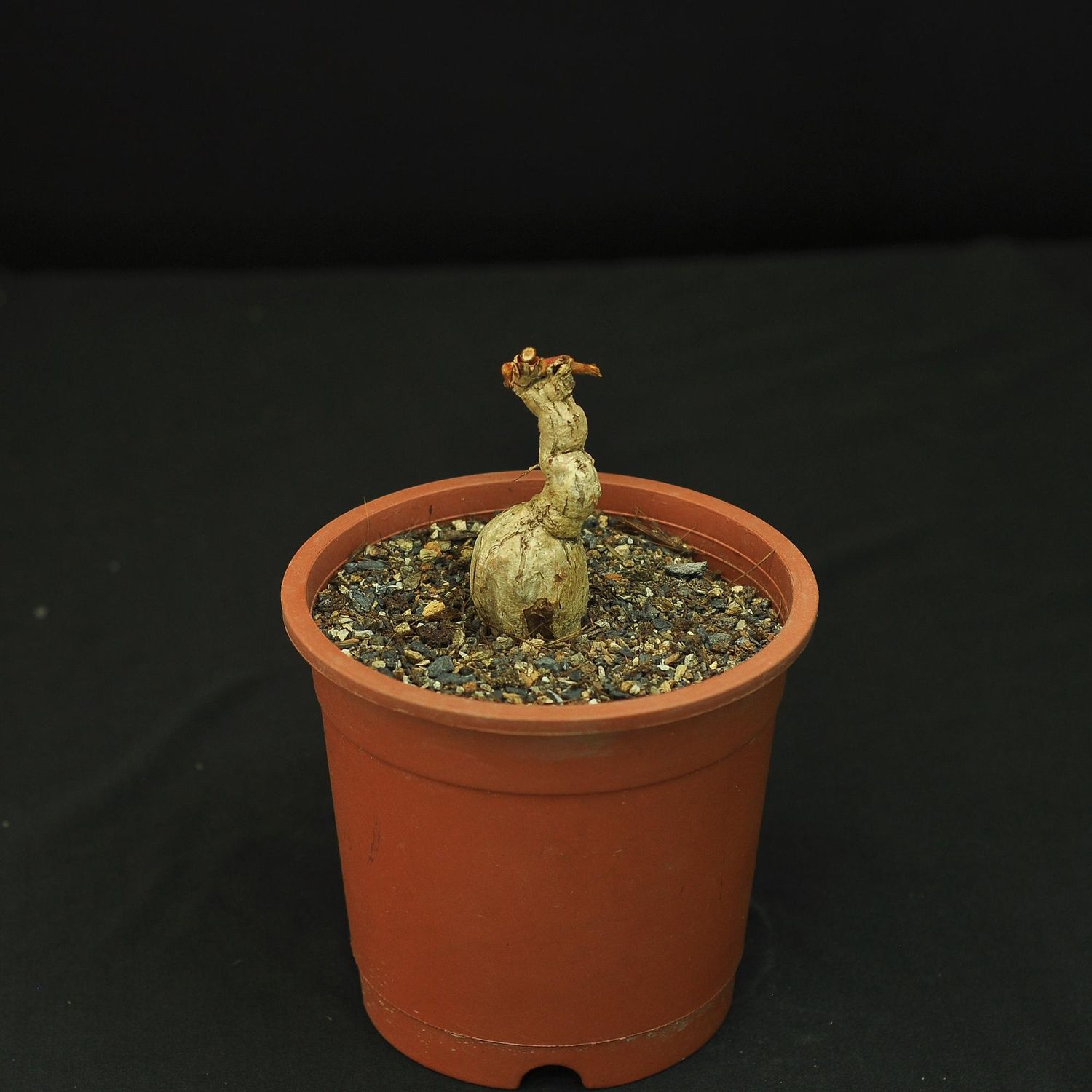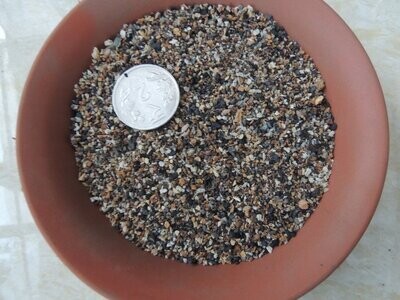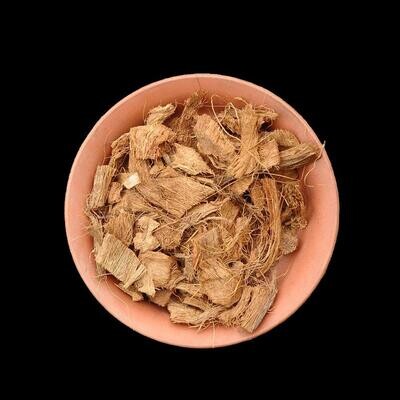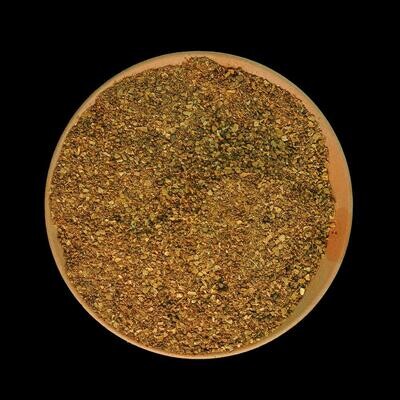Please check the Shipping Updates Page for information on shipping.
Cambodian Wild Grape (Ampelocissus martini)
Etymology
The genus name "Ampelocissus" is derived from the Greek words "ampelos," meaning "vine," and "kissus," meaning "ivy," referring to the plant's climbing and twining growth habit. The species name "martini" honors a notable individual, likely a botanist or plant collector, contributing to its classification; however, specific historical references may vary. This naming emphasizes the botanical significance of the wild grape within its family and origin.
Synonyms
Ampelocissus martini may be listed under various synonyms in botanical literature. Some potential synonyms include "Vitis martini" and "Cissus martini," reflecting past taxonomic classifications as botanical understanding evolves. These synonyms arise from historical nomenclature practices and underline the need for continual reference to current taxonomic databases for accurate identification.
Origin
Ampelocissus martini is native to the tropical and subtropical regions of Southeast Asia, particularly found in countries such as Cambodia, Vietnam, and Thailand. It typically grows in forest margins, thickets, and other disturbed habitats, where it thrives in warm, humid conditions and well-drained soils.
Description
Ampelocissus martini is a vigorous climbing vine known for its twining growth habit that can reach lengths of over 30 feet (9 meters). The stems are slender and flexible, allowing the plant to attach itself to nearby structures for support. The leaves are alternate, broadly heart-shaped, and typically measure around 3 to 6 inches (7.5 to 15 cm) in length, with a glossy dark green appearance. In the flowering season, the plant produces small clusters of flowers that can vary in color and are followed by grape-like fruit, which is edible and may vary in taste. The plant is appreciated for its ornamental value and its potential use in traditional medicine.
Conservation Status
Currently, Ampelocissus martini is not classified as endangered, but its habitat may be threatened by deforestation, agricultural expansion, and land development. Protecting its natural habitats and promoting sustainable practices are essential for ensuring its survival in the wild.
Care Instructions
Ampelocissus martini can be successfully cultivated in gardens and landscape settings. Here are key guidelines for caring for this unique vine:
- Light: Prefers bright, indirect sunlight but can tolerate partial shade. Adequate light is necessary for vigorous growth and flowering.
- Water: Water regularly, keeping the soil consistently moist but not waterlogged. Allow the top layer of soil to dry out slightly between waterings, particularly in cooler months.
- Soil: Use a well-draining potting mix that retains some moisture but allows for adequate drainage. A mix suitable for tropical plants is ideal.
- Temperature: Thrives in warm conditions, ideally between 70°F to 85°F (21°C to 29°C). It is sensitive to frost and should be protected from temperatures below 50°F (10°C).
- Humidity: Prefers higher humidity levels, typical of its tropical origins. Increasing humidity through misting or a humidity tray can promote optimal growth.
- Fertilization: During the growing season (spring and summer), apply a balanced, diluted fertilizer every 4 to 6 weeks to support growth and flowering.
